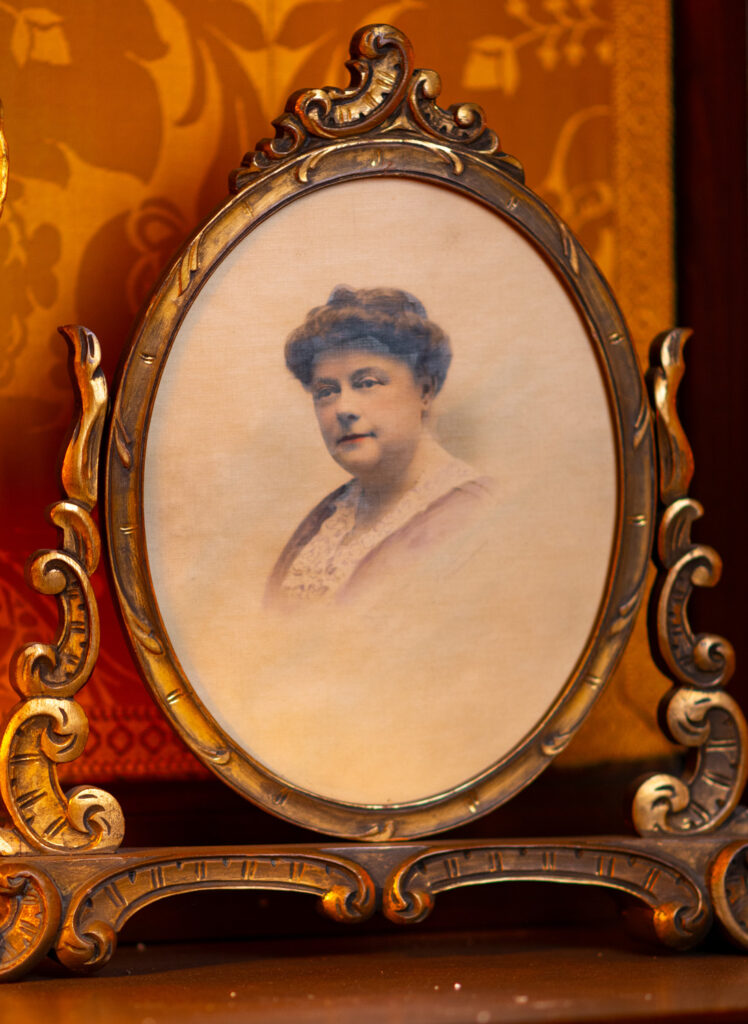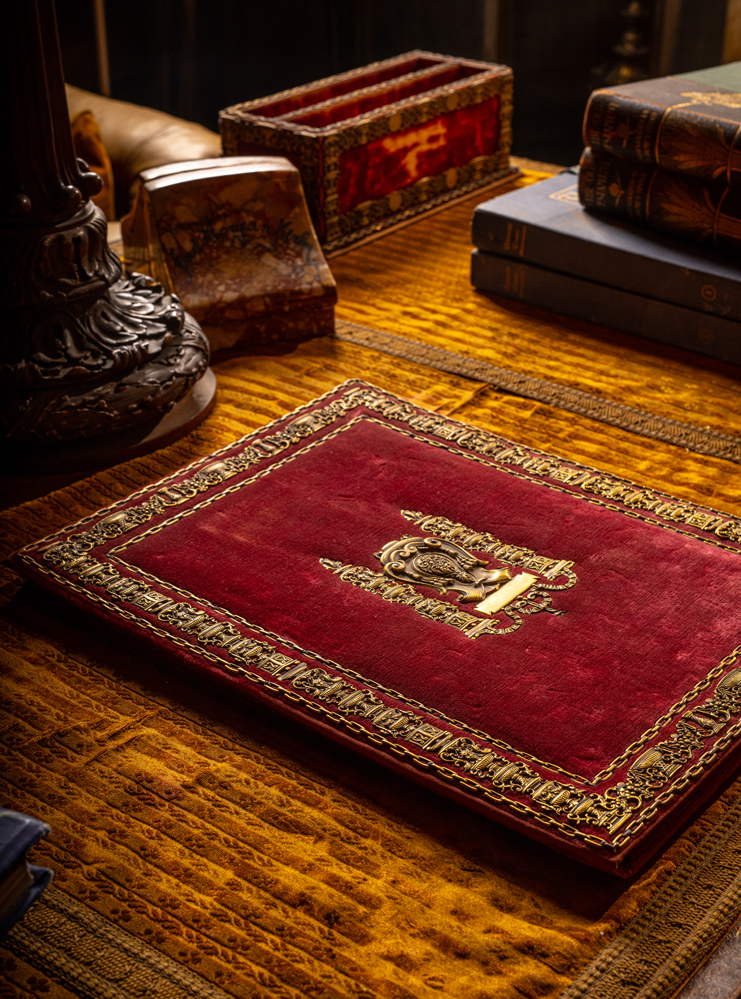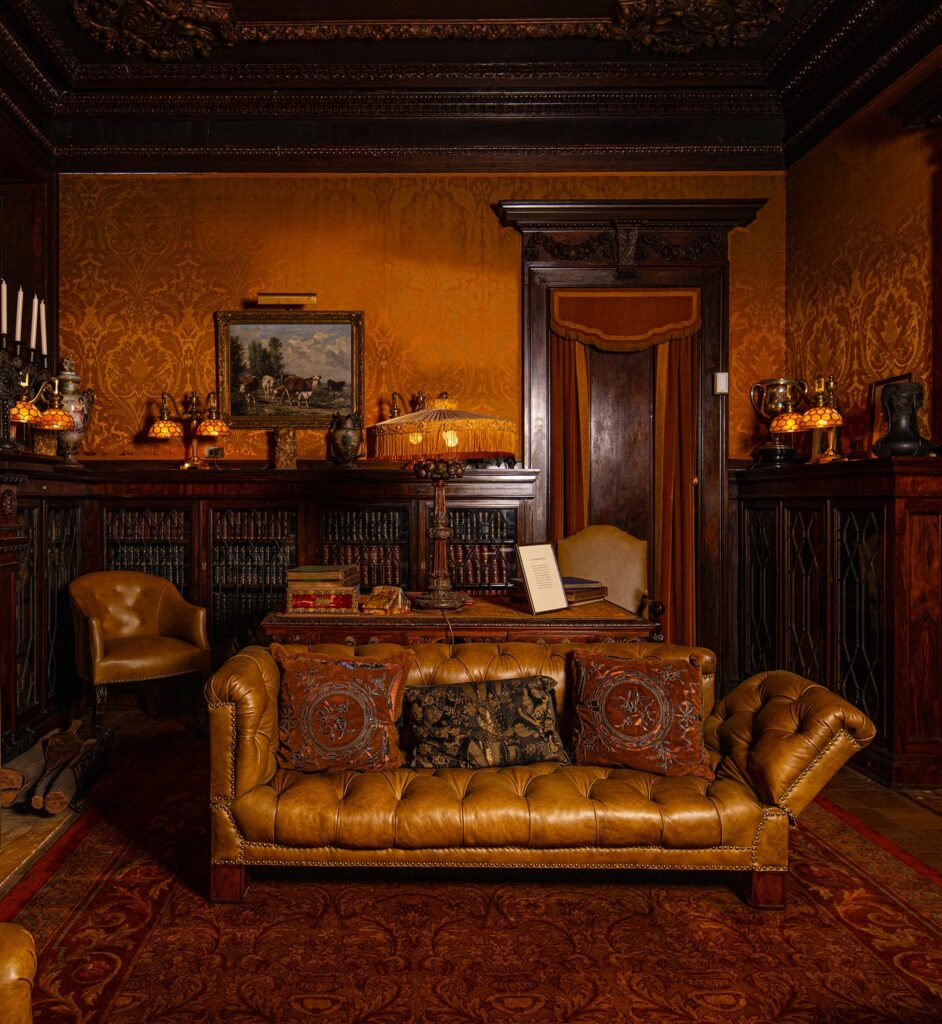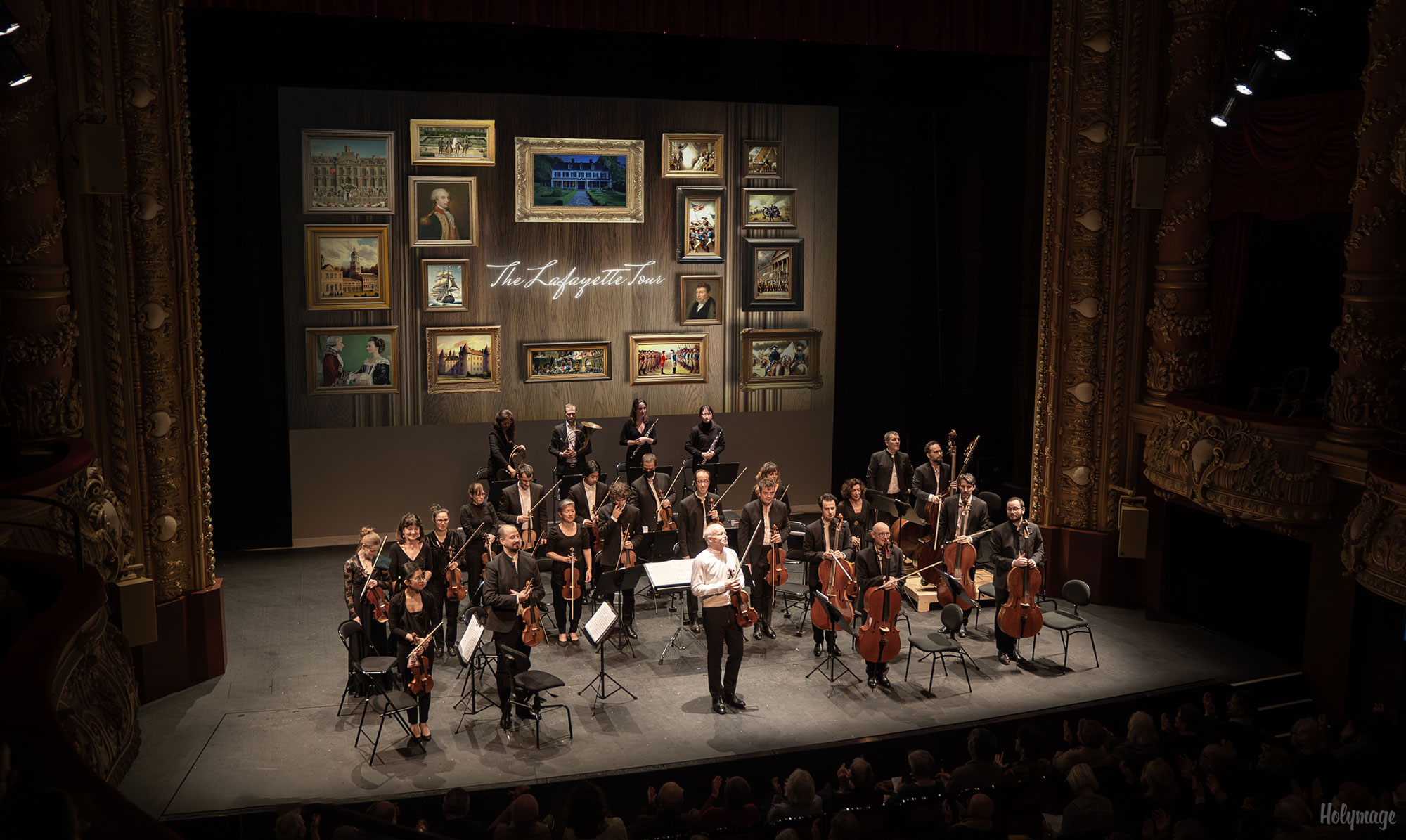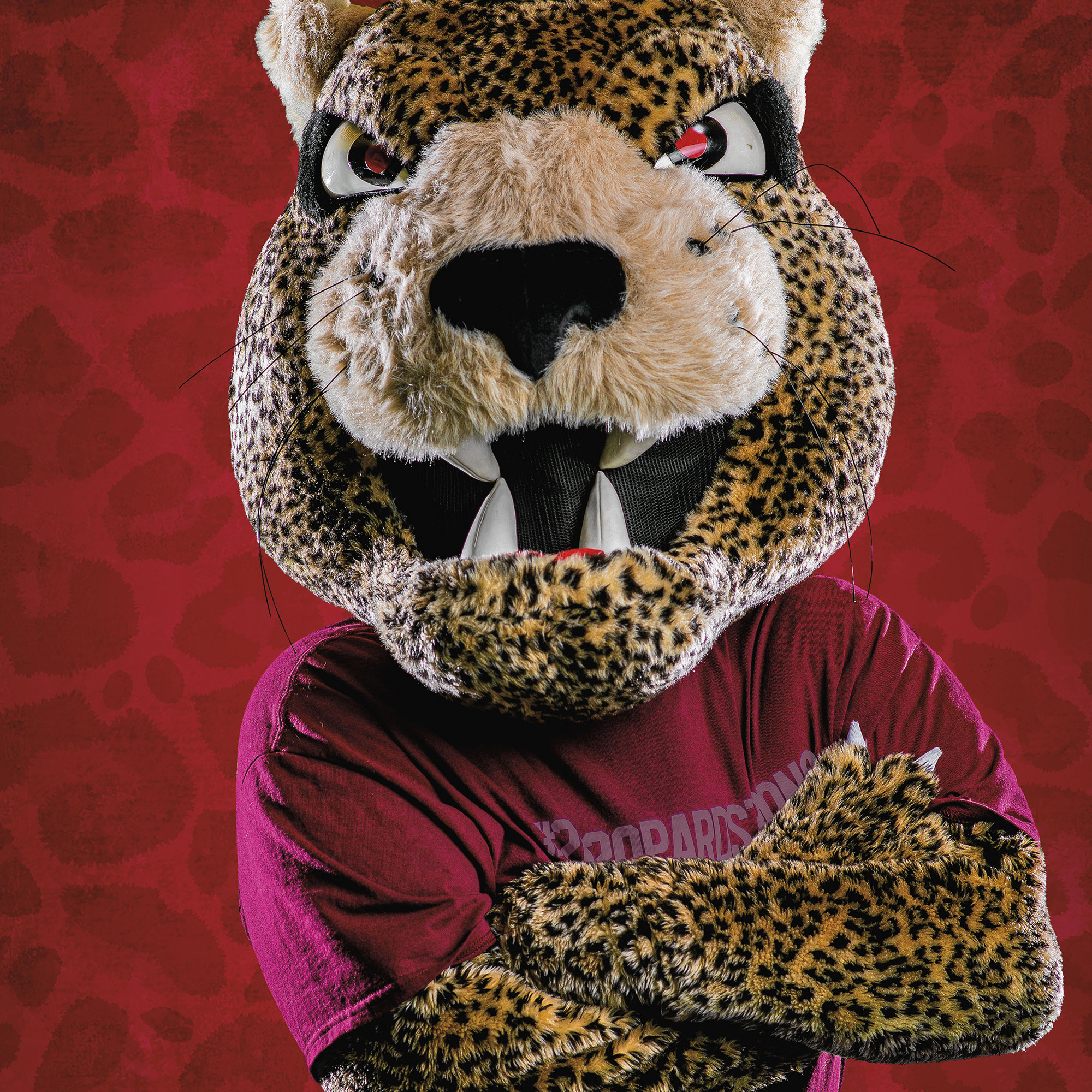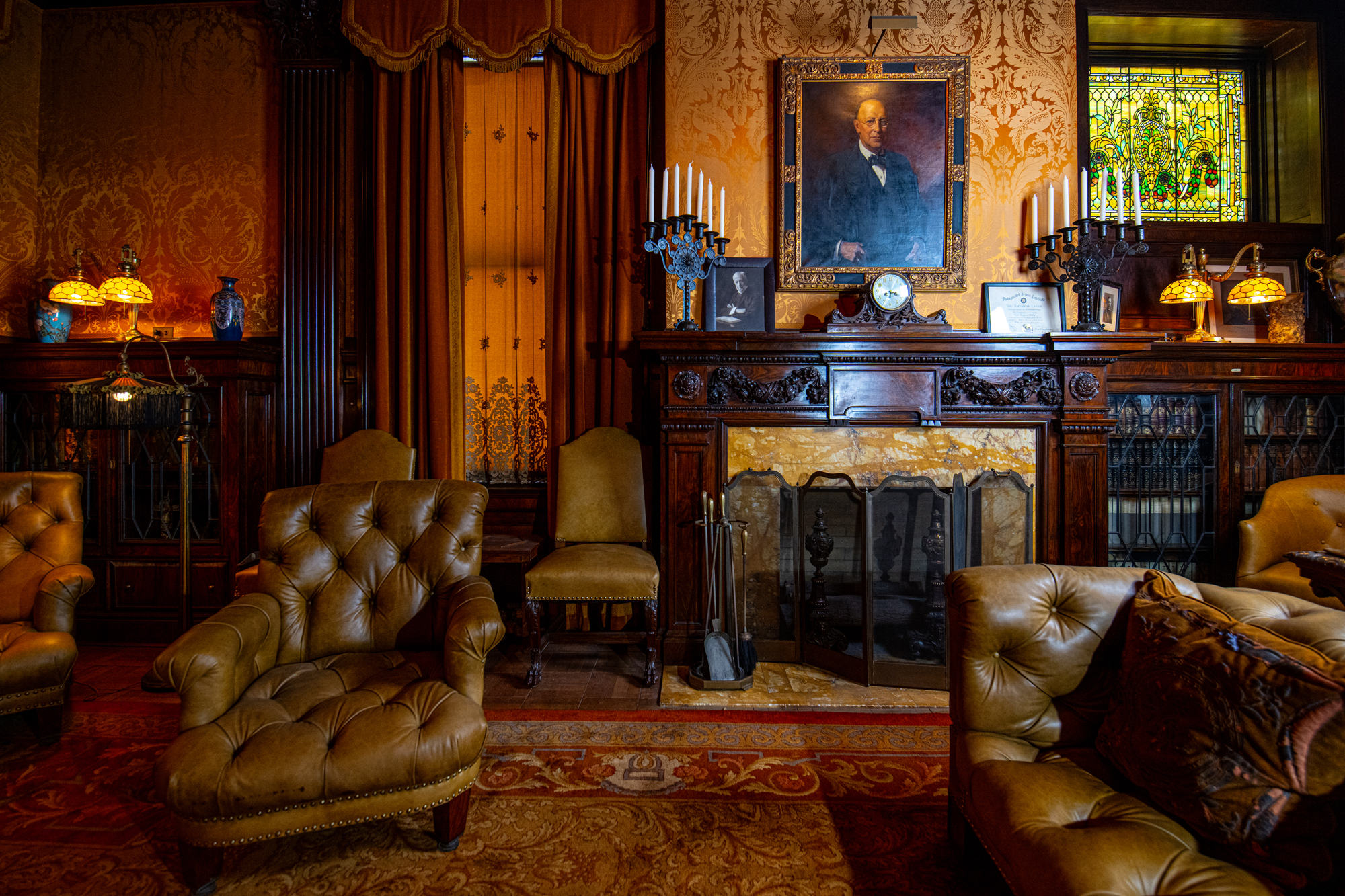
A tucked-away space inside Van Wickle Hall contains Fred Morgan Kirby’s office and library. The windows of the room look out to Kirby Hall of Civil Rights.
PhotoGRAPHS by ADAM ATKINSON
The Kirby Room
Step into this hidden space on campus and be transported back to the turn of the 20th century.
The Kirby Room, added to Van Wickle Hall in 1939, offers a rare glimpse into the Gilded Age. But finding it is challenging. The room is entirely concealed from view, the entrance tucked inside a geology lab.
The hidden space contains Fred Morgan Kirby’s office and library, designed in 1906 by interior designer Theodore Hofstatter for Kirby’s Wilkes-Barre, Pa., home. His books, furniture, artwork, fireplace, and desk were transferred from his home to campus. Kirby was known for his five-and-dime stores, which he merged with Frank Woolworth’s business in 1912 to become part of the F.W. Woolworth Company.
According to The Lafayette Alumnus in October 1939, “We owe the room to the generosity of trustee Allan P. Kirby ’15, as a gift in memory of his mother.” (See the portrait of Jessie Amelia Kirby, below.) It was part of the Van Wickle expansion project, which doubled the capacity of the library at the time.
Maurice Luker, executive director, corporate, foundation, and government relations, says the room is a treasured time capsule that demonstrates a remarkable connection between a family and a college that began with Allan’s enrollment in fall 1911. “We’re incredibly lucky that support has continued through five generations of the Kirby family,” Luker says.
Rico Reyes, director of Lafayette Art Galleries, says the room reflects the Gilded Age, noting Kirby’s affinity for the neoclassical style evidenced in the room’s pillars, scrolls, and egg-and-dart motifs. “It’s like history stood still,” Reyes says.
Here, we share highlights from the tucked-away treasure.


